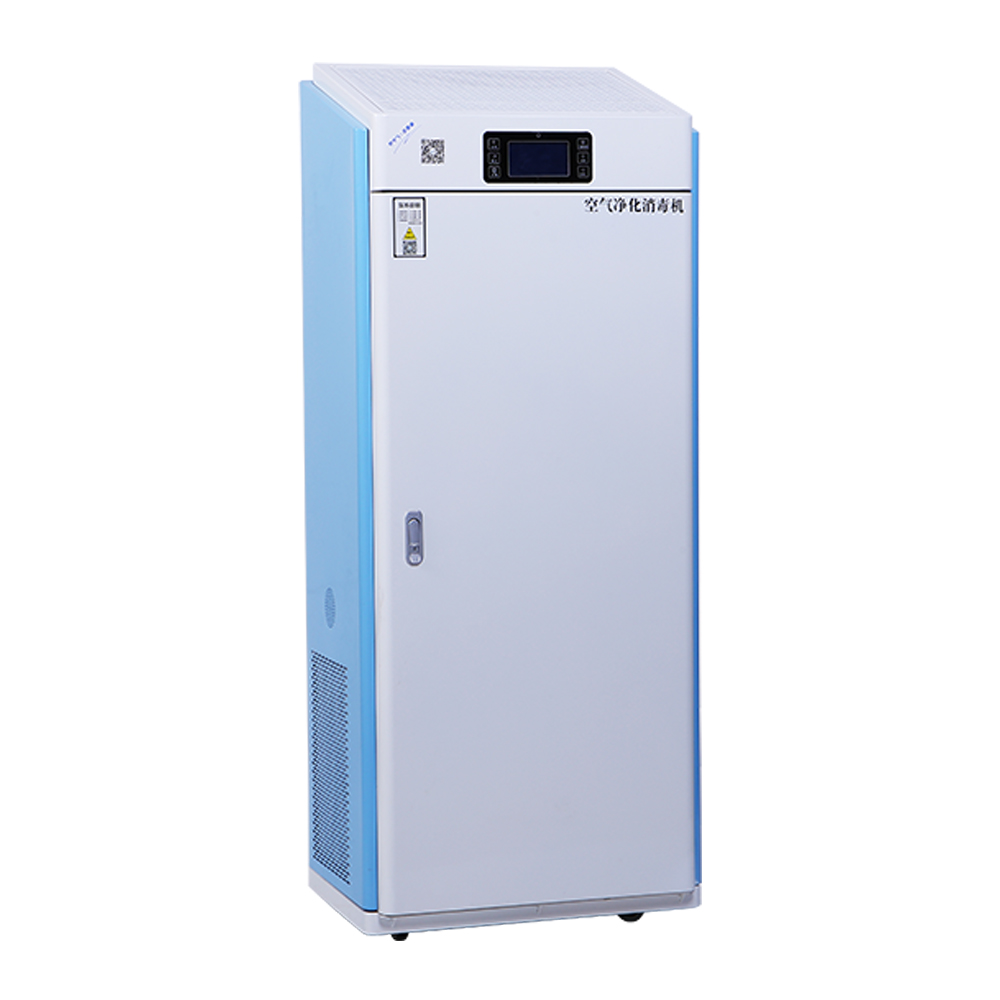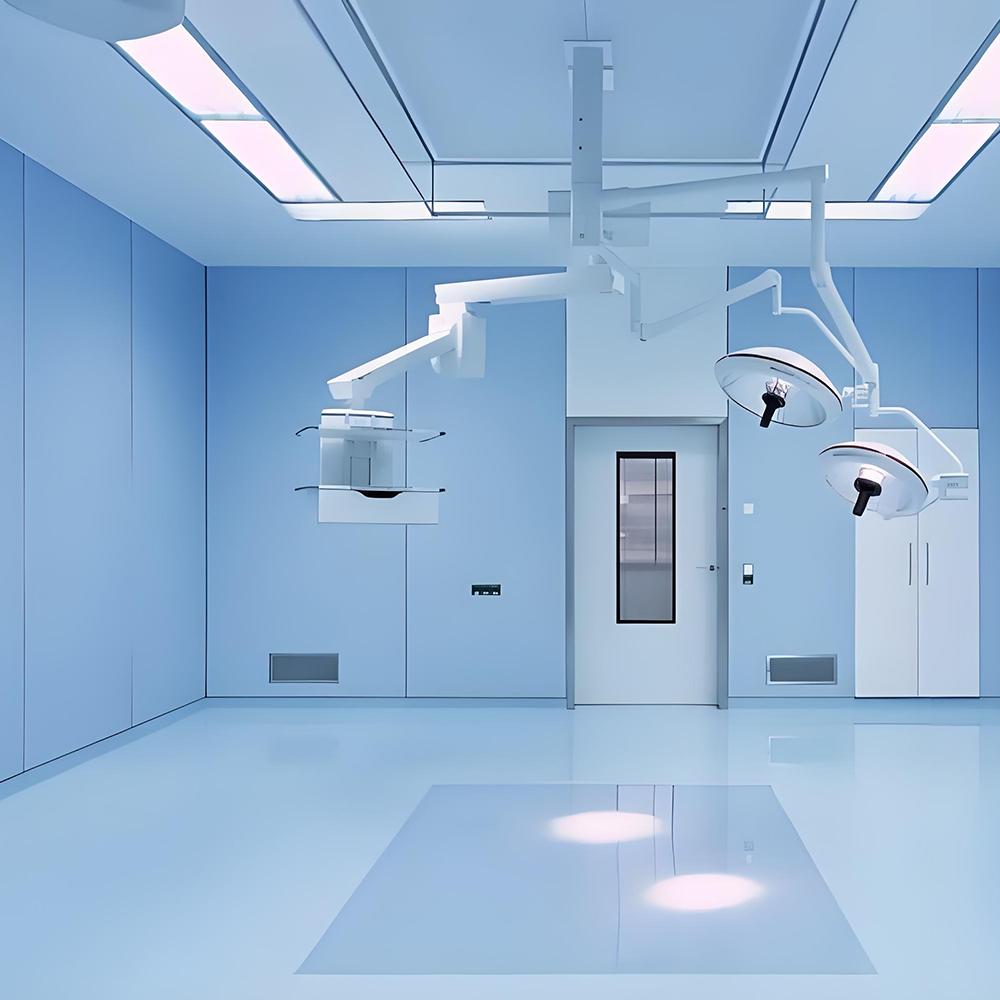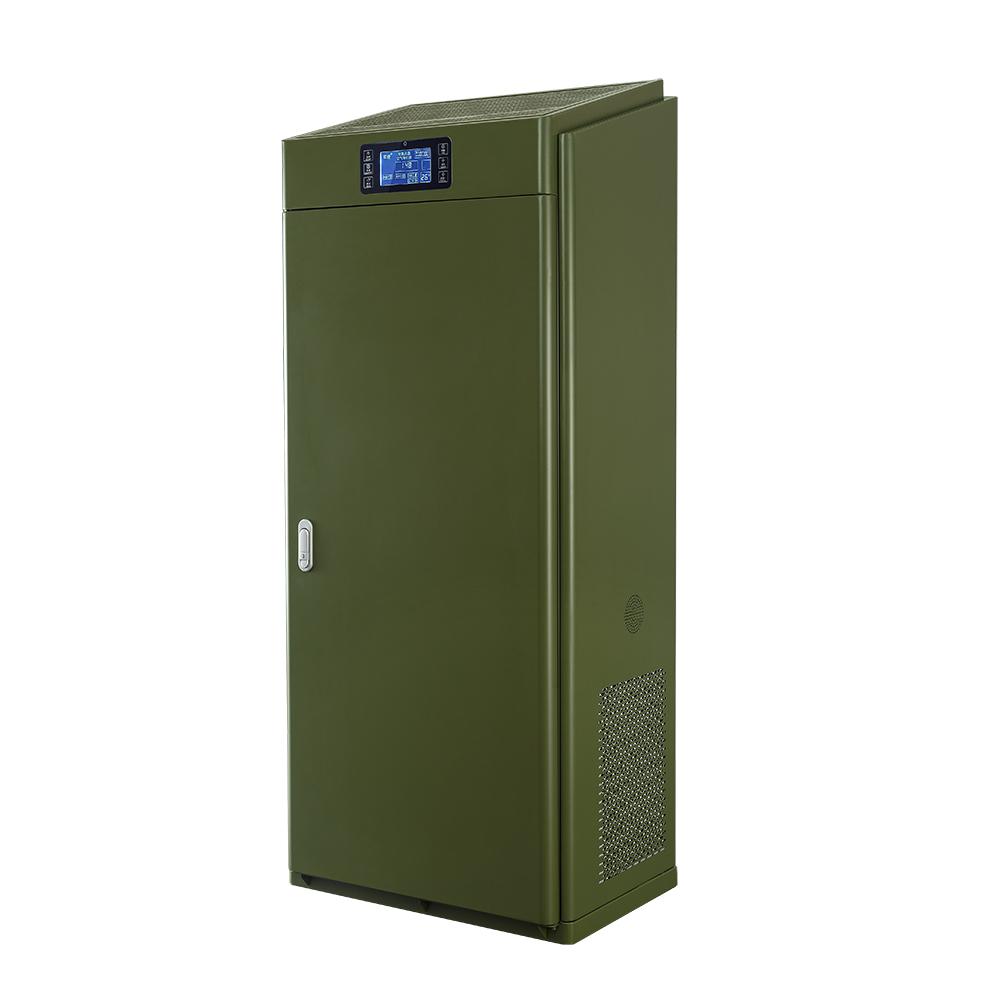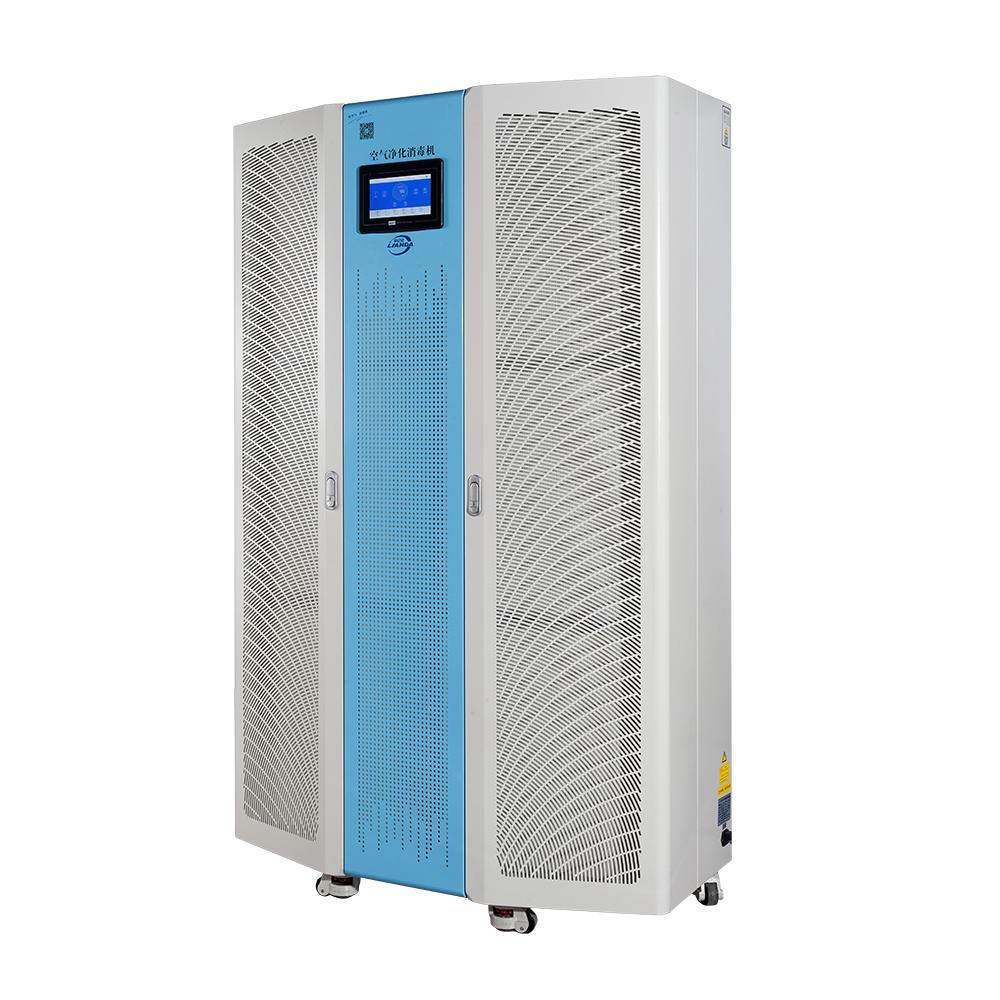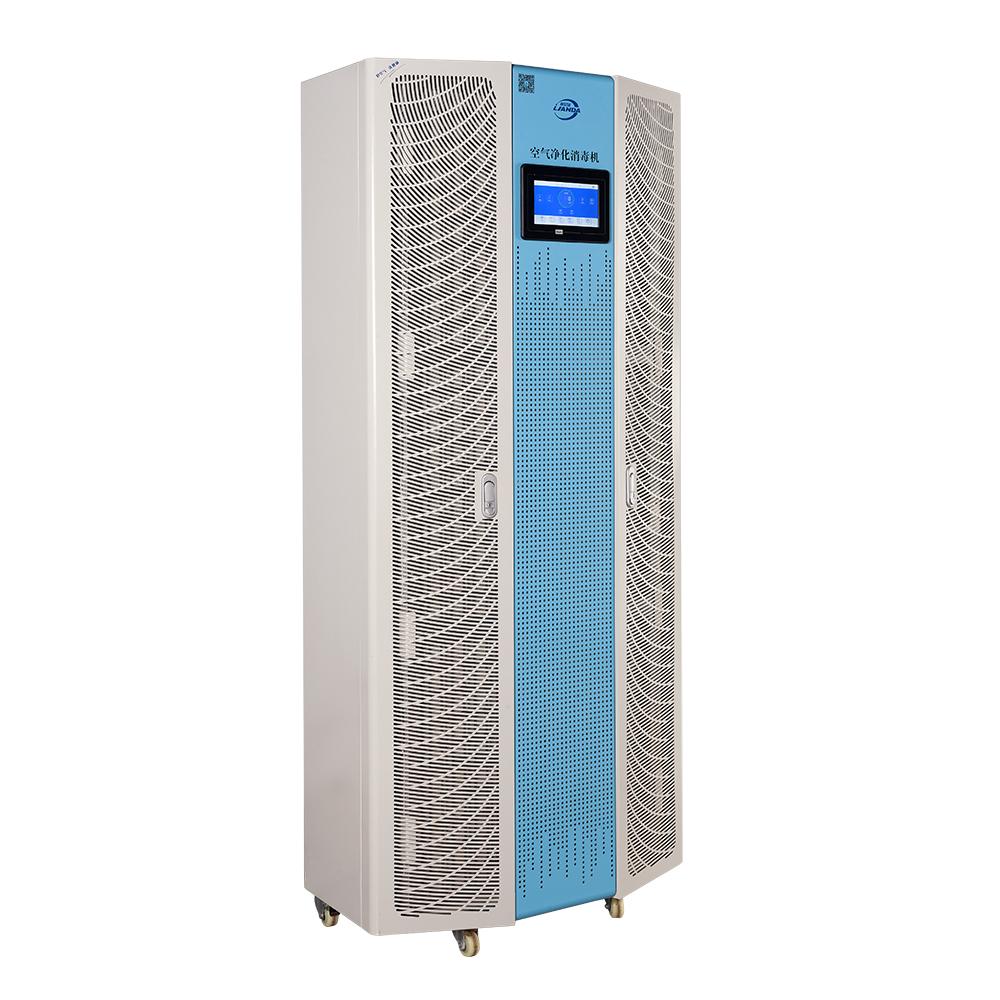The difference between household air purifiers and Lianda's medical air purifiers in terms of sterilization
As people pay more attention to air quality, air purifiers have gradually become an indispensable equipment in homes and medical institutions. Although the basic purpose of household air purifiers and medical air purifiers is to improve air quality, there are significant differences in sterilization effects, technical principles and applicable scenarios. Today we will explore the main differences between the two in terms of sterilization.
1. Sterilization Principle
Home air purifiers usually use HEPA filters, activated carbon and other technologies to remove particulate matter and odors from the air. Although some high-end home purifiers are also equipped with sterilization technologies such as ultraviolet (UV) lights, their main function is still focused on removing pollutants such as particulate matter, pollen, dust, and smoke. Sterilization is usually not the focus of home air purifiers.
Some household air purifiers on the market claim to be able to kill bacteria, but in fact they only have a filtering function. They filter the bacteria and viruses adsorbed on the particles and concentrate them on the filter net, which reduces the bacteria and viruses in the air, but does not kill the bacteria. Instead of killing bacteria, various viruses and bacteria are bred on the filter.
In contrast, medical air purifiers are designed specifically for germs and microorganisms and typically use more advanced filtration and sterilization technologies, such as high-efficiency HEPA filters and ultraviolet germicidal lamps. Medical air purifiers can effectively remove bacteria, viruses and other microorganisms in the air, with a sterilization rate of over 99%. This makes medical air purifiers an important device to prevent cross infection and ensure patient safety in medical environments such as hospitals, clinics and laboratories.
2. Filtration efficiency
Although the filtration efficiency of household air purifiers is relatively high, they can usually only meet the air purification needs of daily household environments. The standard HEPA filter can filter particles with a diameter greater than 0.3 microns, with a removal efficiency of over 99.97%, which has a good purification effect on common dust, pollen, etc. However, for some smaller virus particles, the filtering effect may be reduced.
Medical air purifiers are more stringent in design and material selection, and usually use higher-efficiency HEPA filters (such as H14 level) for infection control and laboratory environments. Their theoretical filtration efficiency can reach more than 99.995%, which can effectively Remove pathogens from aerosols and ensure air quality meets hospital standards.
3. Applicable scenarios
The applicable scenarios of household air purifiers are mainly concentrated in daily living environments such as homes, offices, and schools. They aim to purify the air, reduce allergens and odors, and improve living comfort. These devices are usually small in size, low in noise, and easy to move and use at any time.
Medical air purifiers are mainly used in medical institutions, such as operating rooms, wards, emergency rooms and other high-risk areas in hospitals. Their design and functions must meet higher hygiene standards. Such products usually have more complex monitoring systems and real-time air quality detection to ensure long-term stable high-quality air.
4. Maintenance and management
The maintenance of home air purifiers is relatively simple, and filter replacement and cleaning are the main maintenance work. Users can usually determine the replacement cycle based on frequency of use and air quality.
The maintenance of medical air purifiers is relatively complicated. Not only does it require regular replacement of filter materials, but it also requires professionals to conduct loop inspections, system testing, and performance evaluations to ensure that the equipment is always in the best working condition and protect the safety of patients.
Although the basic principles of household air purifiers and medical air purifiers are similar, there are significant differences in sterilization effect, filtration efficiency, applicable scenarios and maintenance management. The choice of air purifier requires proper evaluation based on specific needs and environment to ensure that it effectively improves air quality and protects your health. Whether in home or medical environments, the use of air purifiers is an important measure to improve air quality and reduce health risks.
